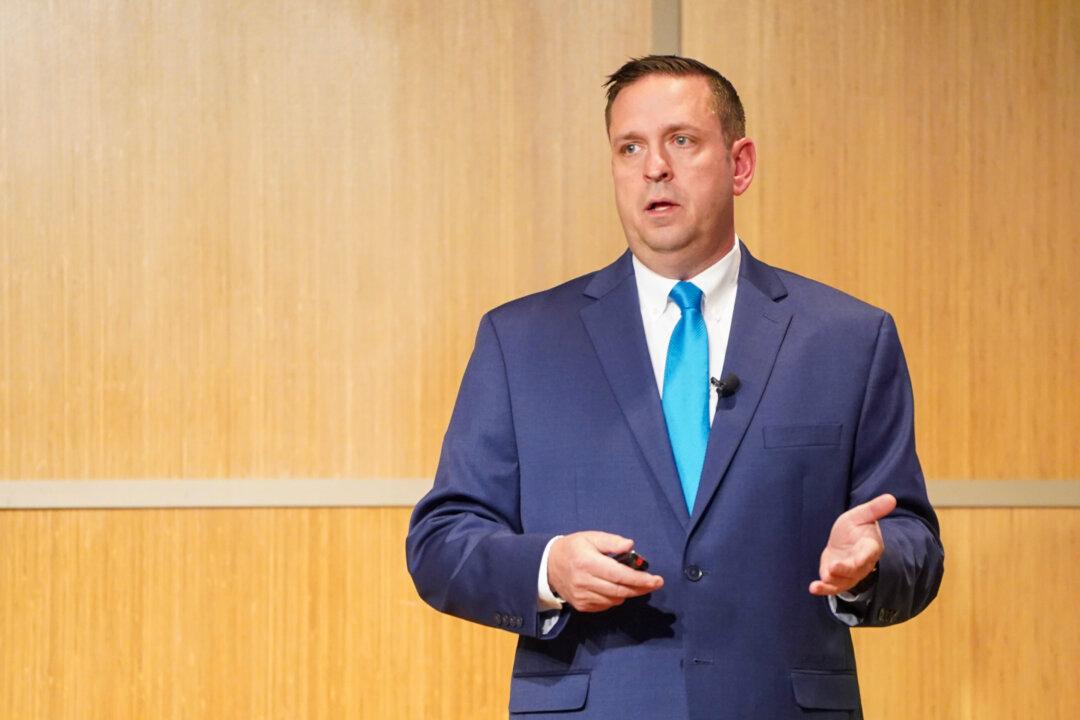Orange County taxpayers and students are set to shoulder a bigger share in financing their community college in the fall as state aid stays flat for the third time in a row.
In the $65 million budget proposed by SUNY Orange, direct county support will rise by $1 million to nearly $22 million, and student tuition rates will go up by about 2.5 percent.





